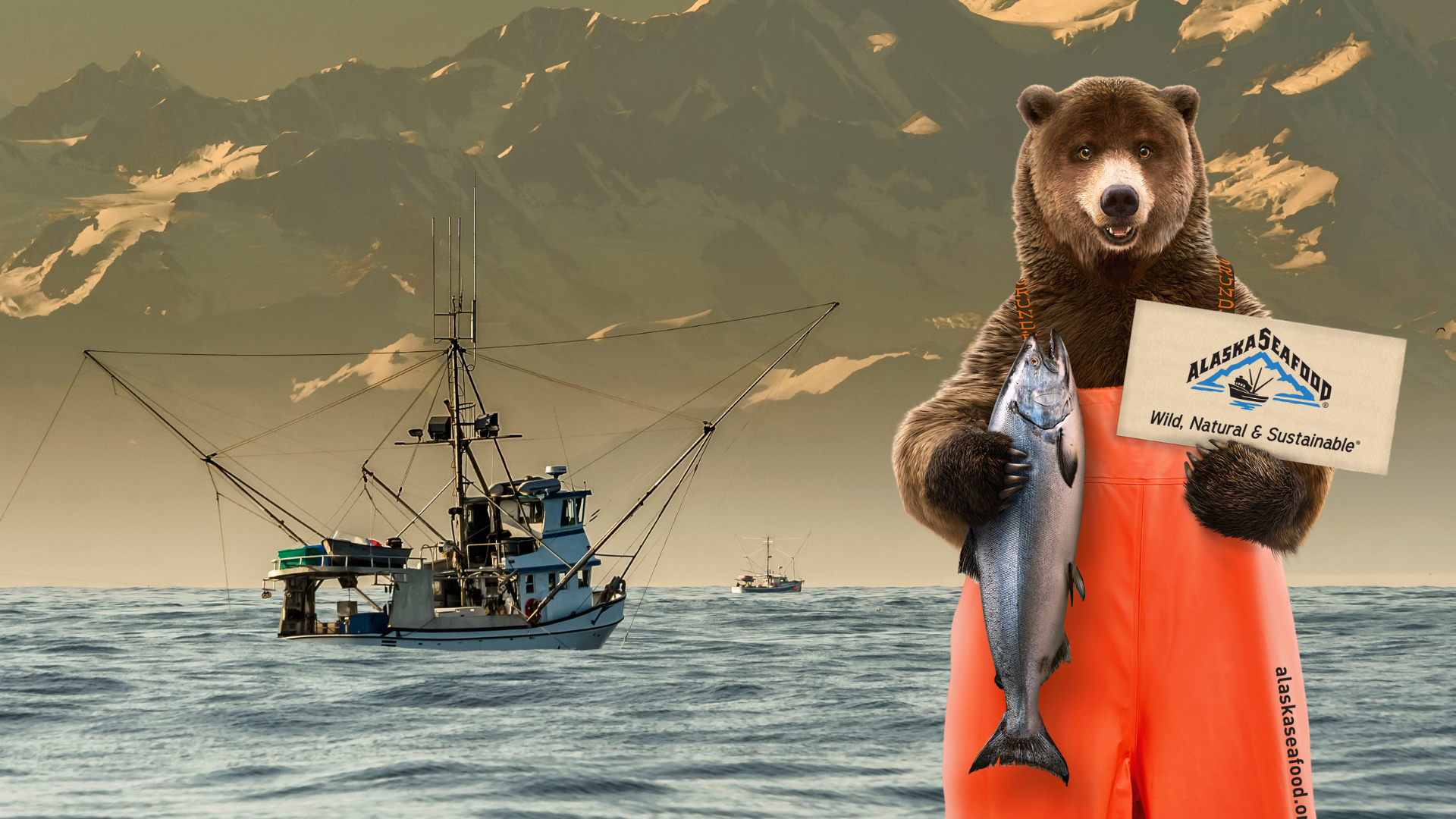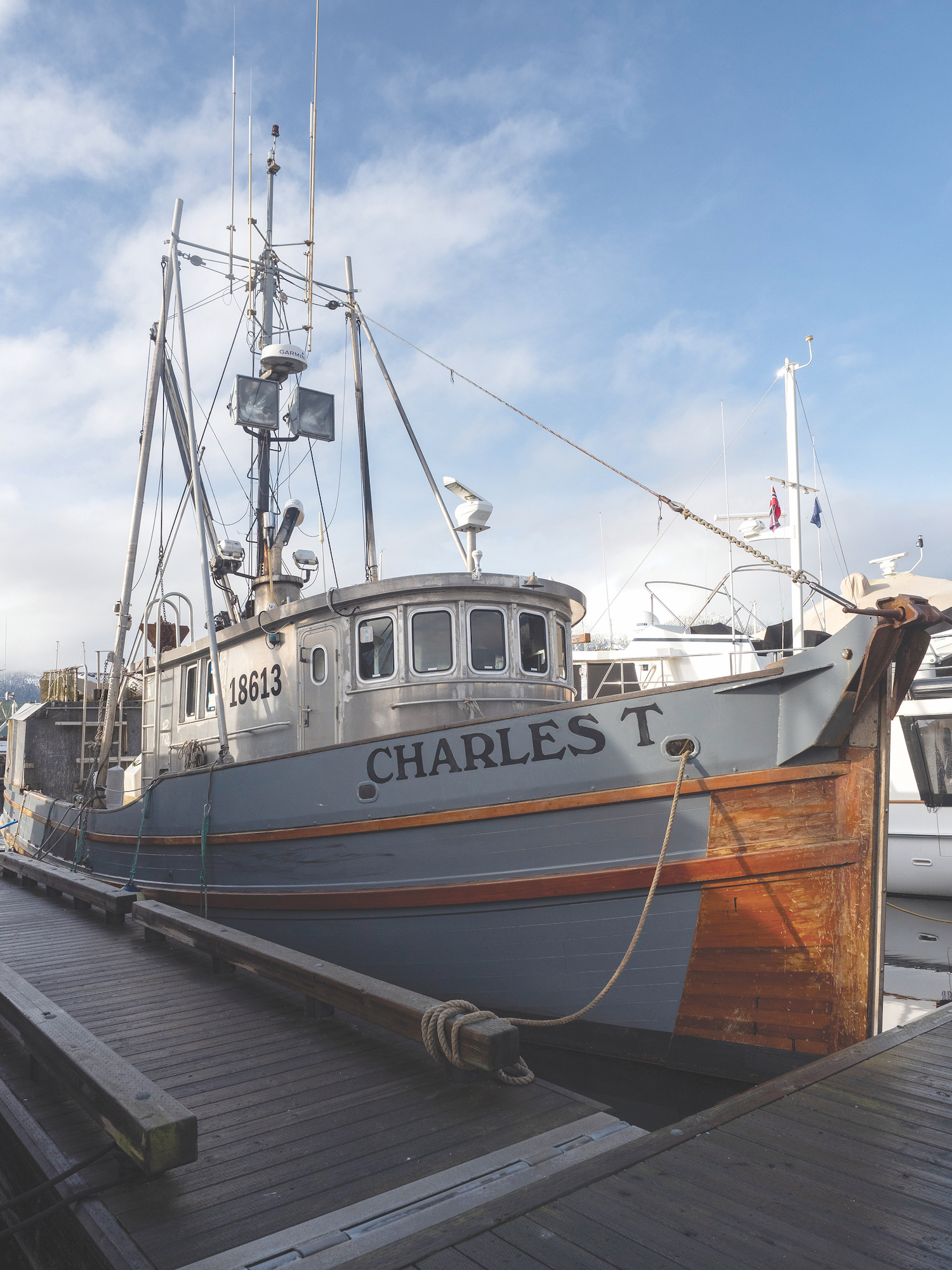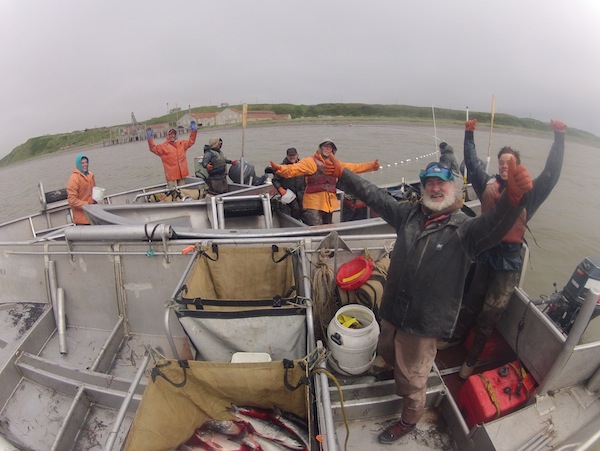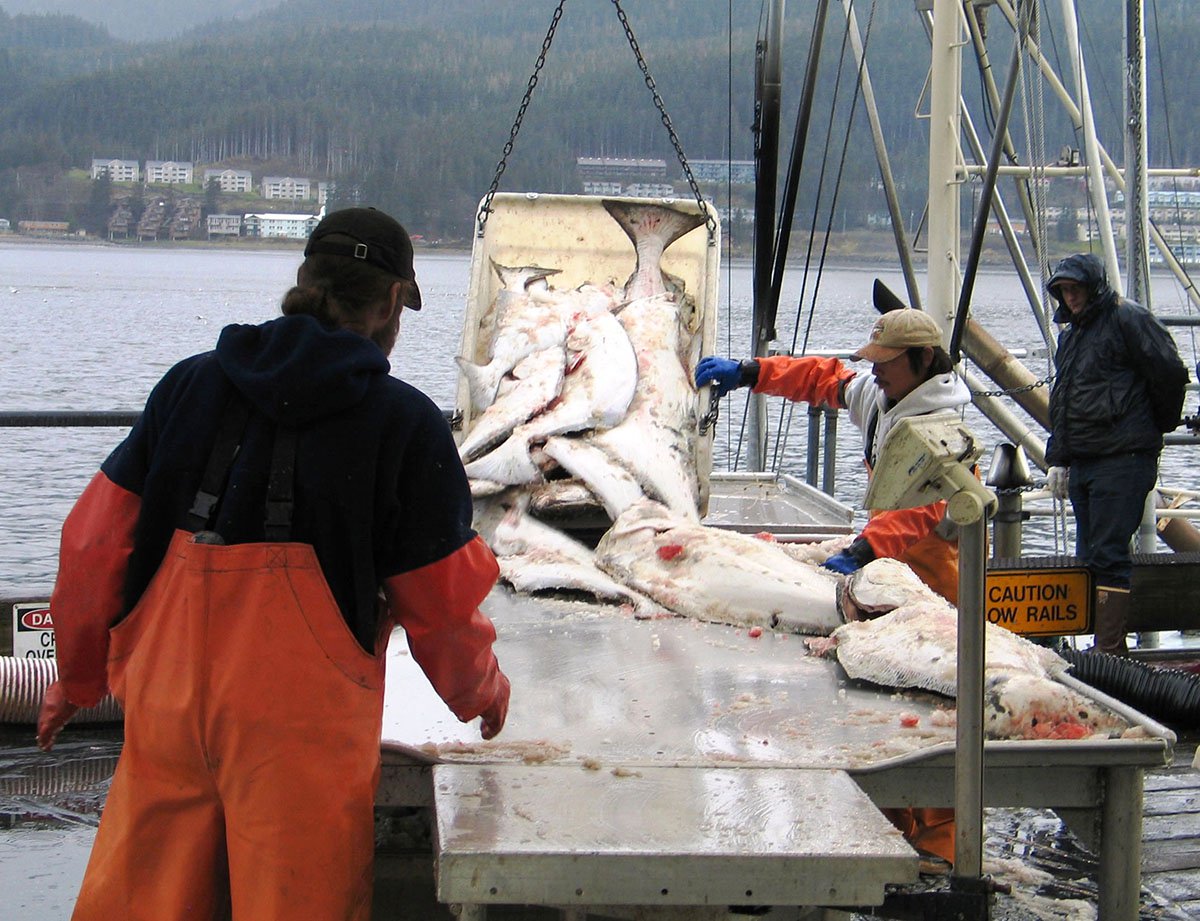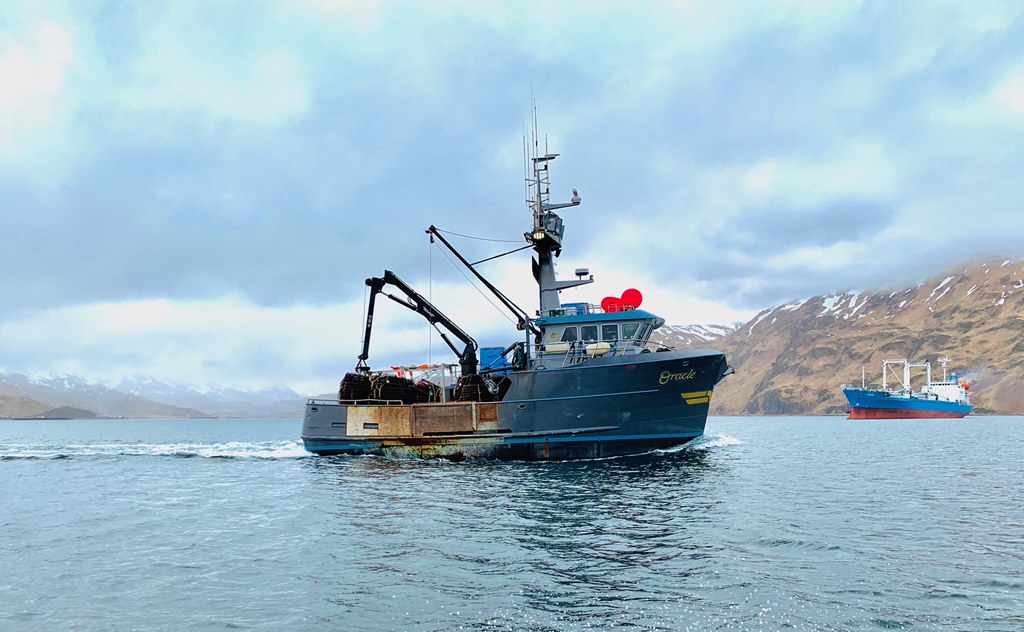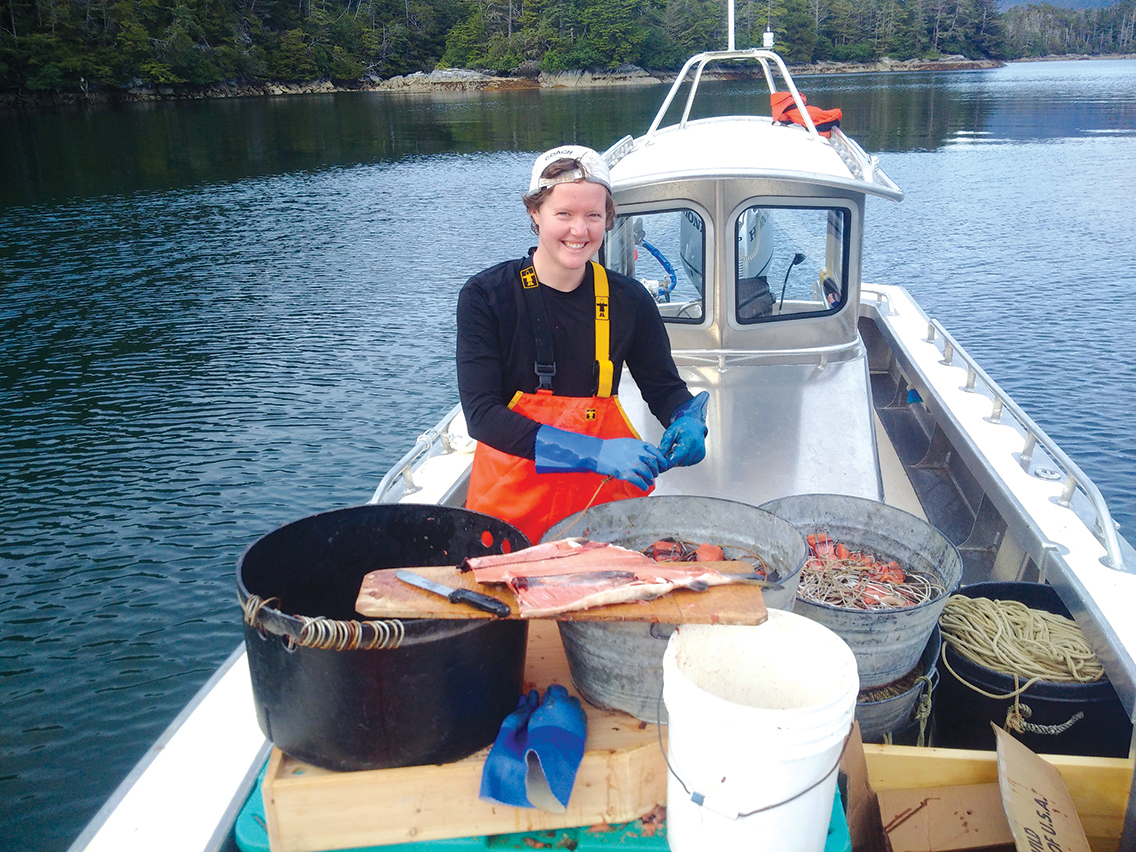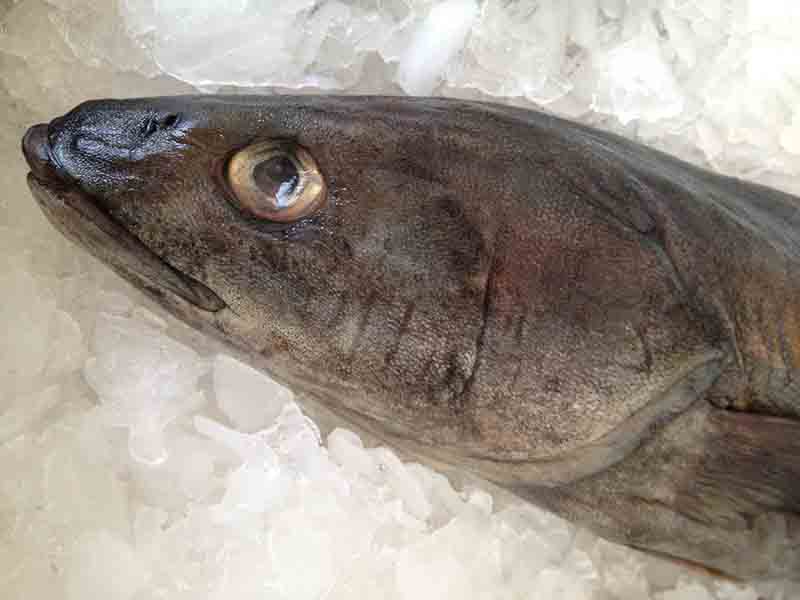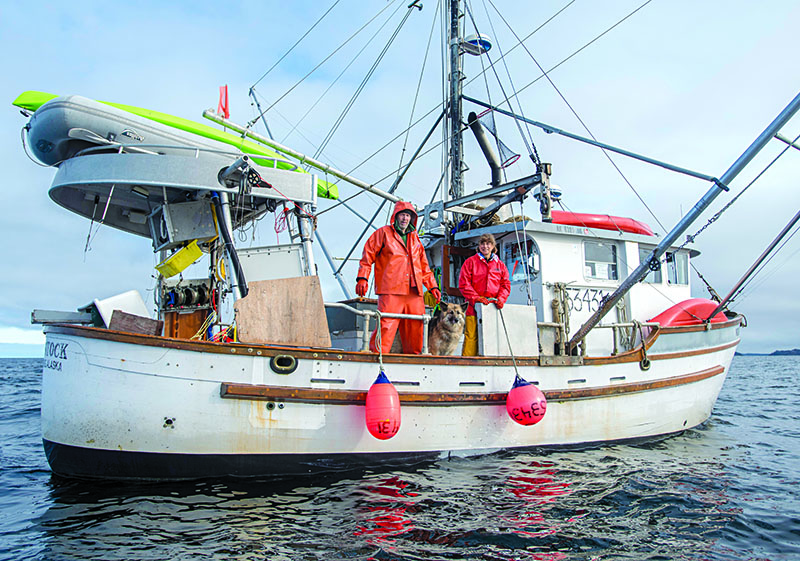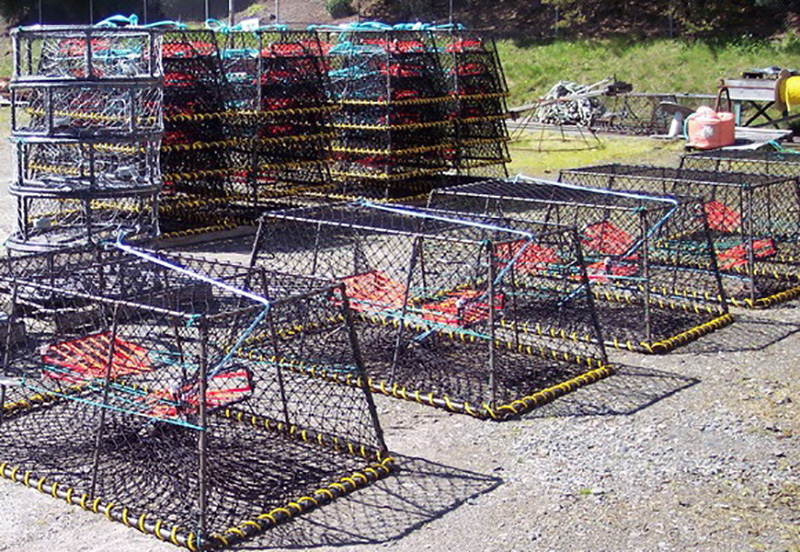Industry Updates: Year in review, looking ahead to 2021
Published onExpo Online has teamed up with the Alaska Seafood Marketing Institute, the Genuine Alaska Pollock Producers and the Pacific Coast Federation of Fishermen's Associations to bring you annual updates on West Coast and Alaska fisheries. This year calls for a detailed roundup like none other we've seen tariffs and covid-19 restrictions conspired to complicate the global marketplace. Dan Lesh of McKinley Research (formerly McDowell Group) presents for the Alaska Seafood Marketing Institute. Mike Conroy gives us an update on the year and a look ahead from the helm at the Pacific Coast Federation of Fishermen's Associations in San Francisco. Last but not least, Craig Morris wraps the year with a good story to tell from the Genuine Alaska Pollock Producers.
Read MoreBoat of the Month: Charles T
Published onIf we all could manage to live to the ripe old age of the Charles T, what stories we could tell. The 54-foot longliner/tender turns 101 this year, and the boat has received generations of love from myriad owners since it come to Alaska as a cannery shrimper back in the early 1920s. James and Gayle Eastwood bought the boat in 1989, the year their daughter, Roberta, was born. The boat served them well as a family longliner during the halibut and blackcod fisheries, and they kept the boat busy with salmon tendering contracts by summer. By winter, the boat receives a lot of love from the family in its upkeep. To date, the wheelhouse and foredeck have been replaced with aluminum yet with lines close to the original wooden house. The boat has been replanked almost in its entirety, and new beams of purple heart. In keeping ...
Read MoreAlaska update: Salmon landings at 13.6 million, but the fish are small; longliners have taken a third of TAC
Published onAlaskas salmon catch was nearing14 million fish as of July 7; more thantwo-thirds were sockeyes, mostly from Bristol Bay, where catches continued to build. The year-to-date "statewide harvest of about 9.7 million sockeye is 56 percent and 62 percent behind the 2019 and 5-year average pace, respectively," said Garrett Evridge of the McDowell Group, in a weekly report for the state. "The deficit is improving though, due primarily to Bristol Bay which exceeded daily harvest of1 million fish for the first time this season on Friday," July 3. Evridge also noted that the second week of July is typically the peak for Bristol Bay production, but that the data so far "indicates a late salmon return. Most other sockeye-producing regions have improved from last week but generally lag historical levels."Anecdotal reports said the average sizes of sockeye are down at Bristol Bay and ...
Read MoreMail Buoy: Once upon a time in Alaska
Published onIn 1977, I began my career as a commercial fisherman at the age of 28. The decade of the ’70s was when the upstart baby boomers were entering the business. The fleet was made up of Boomers and Old Timers, and not too many in between. Most of the trolling boats were old, wooden and small. There were some big rigs in the seine and longline fleet. For the most part, people participated in a single fishery. Trolling saw the biggest influx of new entrants, many of these being hand trollers, fishing out of small skiffs. There were scows and packers all over the waters of Southeast Alaska, servicing the fleet. King salmon season was open all year around. Some of the Old Timers in the fleet had fished the same drag almost their entire careers. Some of these drags were attractive because of the huge king salmon that they ...
Read MoreHot for pots: Alaska longliners advocate for new gear
Sperms to the east and killers to the west, but the Gulf of Alaska's longline fleet is anything but stuck. Whale predation of longline gear has been "the best-kept secret of Alaska fisheries," says Buck Laukitis, a longtime Area M fisherman, who now fishes out of Homer. "People are at the end of their rope, so to speak, with the whale problem." says Laukitis. "The council has given us the ability to use a different type of gear." Three years ago, the North Pacific Fishery Management Council approved the use of pots on blackcod longline gear to prevent predation. "The first year with sablefish, it didn't work very well," Laukitis says. But trial and error, along with growing interest and increasing longline catch loss, have led to a growing user group of more than 30 longline boats now fishing blackcod with pots in the Gulf of Alaska ...
Read MoreCarryover frozen halibut brews competition in Alaska
Small blackcod sink dockside prices As the fleet fished on a halibut quota of 16.63 million pounds, dockside offers ranged from $4.25 to $5.50 per pound for fish 20 pounds and under to 40 pounds and up. That’s down significantly from the 2017 spread of $6.40 to $6.90 per pound when the fleet fished on a quota of 18.3 million pounds. This year’s pricing trend flies in the face of market dynamics of years past, when diminished supplies translated to higher prices all the way through the distribution chain. Whether the volume of supplies and price point have reached the equilibrium of what consumers will pay for a slice of halibut on their plates remains to be seen. In the meantime, Bob Alverson, manager of the Fishing Vessel Owners’ Association in Seattle, noted that processors have reported carryover inventories of frozen Pacific ...
Read MoreBlackcod market stagnates as cold storage holdings pile up on West Coast
Large volumes of small fish have softened ex-vessel prices for West Coast blackcod fishermen. Like Alaska, strong recruitment of age classes from 2014 and ’15 have begun showing up in West Coast fisheries as 2- and 3-pound fish. The abundance of smaller fish and the corresponding price per unit have created a market dynamic like the industry hasn’t seen in recent history. Blackcod sales for decades have relied predominantly on market demand in Japan, and more recently in Asia, but the volumes of frozen supplies sitting in cold storage holdings at any moment dictate the price point at which the fish move from the freezers and through retail outlets. Distributors — and consumers — overseas know the clock is ticking against U.S. processors who incur increased costs of keeping the fish frozen each day that product doesn’t move. At some point something’s got to give. In ...
Read MoreFish farming fears take root as domestic demand for blackcod rises
Though sales have been declining in Japan, growing demand for blackcod in domestic markets should keep prices firm for West Coast fishermen in the year ahead. “The market is steady,” says Scott Adams, operation and production manager with Hallmark Fisheries in Charleston, Ore. Japan continues to take the bulk of West Coast and Alaska blackcod. According to NMFS foreign trade data, U.S. frozen blackcod exports to Japan tallied up to 3.65 million kilos in 2016, which is down from 4.71 million kilos in 2015 and 5.13 million kilos in 2014. The values of the exports for that same period slipped from around $59.5 million to $47.8 million; however, the drop in overall export value corresponds with less volume and not the price per kilo, which has risen from around $11 to $13 per kilo during the same period. Though Japan still takes the brunt ...
Read MoreAlaska halibut allocations are treading; strong spawns for blackcod
Though some feared the season would be waylaid with setbacks tied to the new Trump administration, Alaska’s halibut and blackcod fleet got off to a start at its normal date on March 11. President Trump imposed a hold on all pending federal regulations until staff review, which threatened the prescribed opening date for the IFQ longline fisheries and start of new regulations that would allow pot fishing for blackcod in Southeast and the Gulf of Alaska. “The season started on time, but it was a bit of a rush,” says Bob Alverson, manager of the Seattle-based Fishing Vessel Owners Association and the commissioner of the International Pacific Halibut Commission. Instead, long stretches of bad weather in March and April put a crimp on the flow of product to market; then markets saw an onslaught of volume when the weather calmed. As of May 3, the fleet had landed ...
Read MoreQ&A: Catch a pot of blackcod
The National Marine Fisheries Service Alaska Regional Office offers a shorthand guide to its authorization of pot gear for the Gulf of Alaska IFQ sablefish fishery’s 2017 season. Why did NMFS authorize pot gear? Pot gear is intended to reduce the effects of whale depredation. Who can use pot gear? Any operator in the Gulf of Alaska IFQ regulatory area can use pot gear, pending compliance. Any size boat is allowed to fish pot gear. What types of pot gear can be used? NMFS authorizes only longline pot gear, which means a stationary, buoyed and anchored line with two or more pots attached. A biodegradable panel of 18 inches and a 9" x 9" tunnel opening must be equipped on the pot. Can vessels use pot gear and hook-and-line on the same trip? Yes. Can a vessel keep a halibut if landed in a pot? Yes, if ...
Read More




